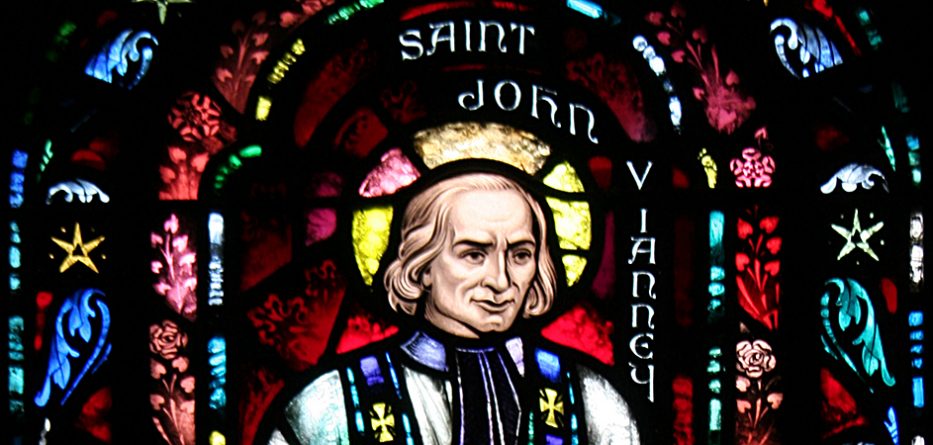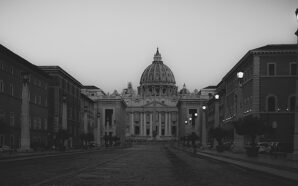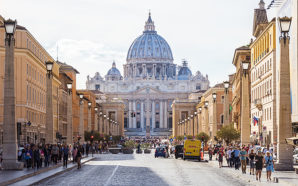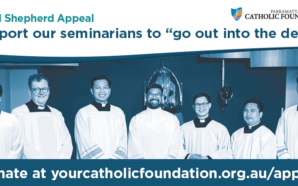National Vocations Awareness Week runs from 4 to 11 August.
This is part one of three of Fr Walter Fogarty’s reflections on St John Vianney.
In his encyclical Sacerdotii nostri primordia (From the beginning of our priesthood, 1959) St Pope John XXIII took for his subject the Holy Curé d’ Ars, Jean-Baptiste-Marie Vianney, the patron saint of parish priests. The encyclical, the second issued by Pope John in his pontificate, was to commemorate the 100th anniversary of the death of the “very humble French priest”, as Pope John called him, who is best known today as St John Vianney.
During the social and political tensions that led to the French Revolution, John Vianney was born on 8 May 1786 into a poor farming family in rural Dardilly, near Lyon, France. His parents, Matthieu and Marie (nee Belize), already had three children and would have a further two after John. The Vianneys were devout Catholics who, despite their own poverty, generously helped the poor.
Following to the outbreak of the Revolution and the subsequent Reign of Terror, Catholicism was largely supressed; priests who refused to sign an oath supporting the revolutionary government were hunted down, many being executed. Despite the prospect of arrest, John’s family would defy the authorities and travel many kilometres to attend Masses celebrated illegally in private homes by priests loyal to Rome.
Under the cloak of secrecy, John was prepared by two nuns for the sacraments of Penance, Eucharist and Confirmation. The personal risks taken by the religious and priests in ministering to the local people greatly inspired John. He came to view them as heroes and their faithfulness would influence and shape is own ministry years later.
In 1802 Napoleon Bonaparte again allowed the Church to freely exist in France. At the age of 20 John, finally with the permission of his father, commenced studies at the “presbytery-school” in the neighbouring village of Écully that had been established by Abbé Balley, who was to become John’s mentor and champion.
As the Revolution had negatively impacted on John’s schooling, he found ecclesiastical studies very difficult. He failed his seminary entrance exam the first-time round but not discouraged, and encouraged by Balley, he persevered. However, his studies would be interrupted again in 1809 when John was conscripted into the army.
Needing soldiers to fight the Spanish, Napoleon revoked the exemption from conscription seminarians enjoyed. His father having failed in finding a substitute to take his son’s place John travelled to Lyon to join other recruits.
Having fallen ill as his regiment was departing for war John was left behind in Lyon. Health restored, John was reassigned and sent to Roanne. John again became separated from his regiment as he went to church to pray while they were departing. Threatened with arrest for desertion, John was sent in search of his regiment.
Unwittingly or otherwise, John was guided by a local deep into the mountains to the village of Les Noes. Here he fell in with a group of deserters, assuming the name Jerome Vincent, hiding in a barn when the police regularly arrived searching for deserters. During his fourteen months in hiding John opened a school for the local children.
Under an amnesty granted to deserters in 1810 John was legally able to return to his family and to Écully to complete his priestly studies.
Part two will be published tomorrow.
Fr Walter Fogarty is the parish priest of Sacred Heart Parish, Westmead.
For more information about Vocations in the Diocese of Parramatta, please visit: www.parracatholic.org/vocations/








